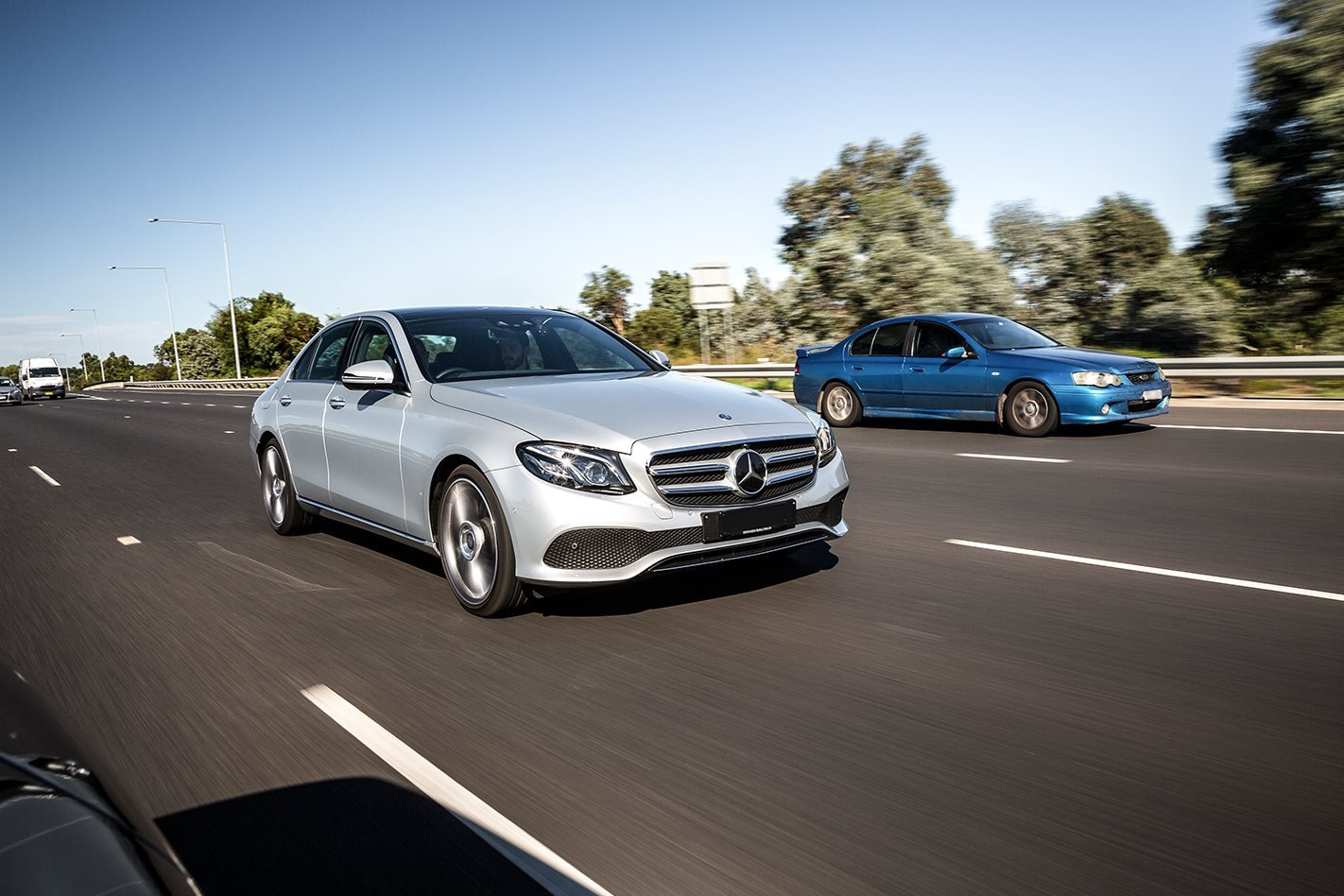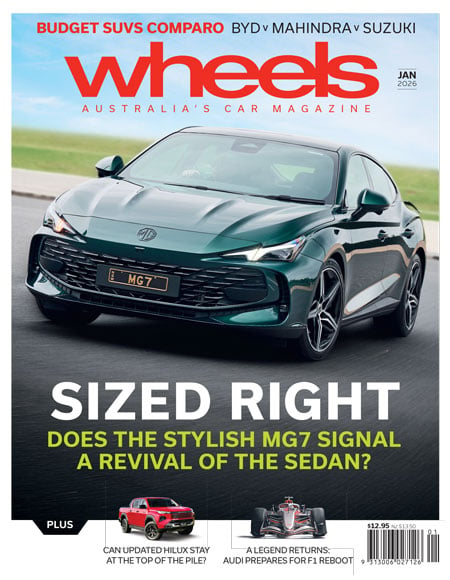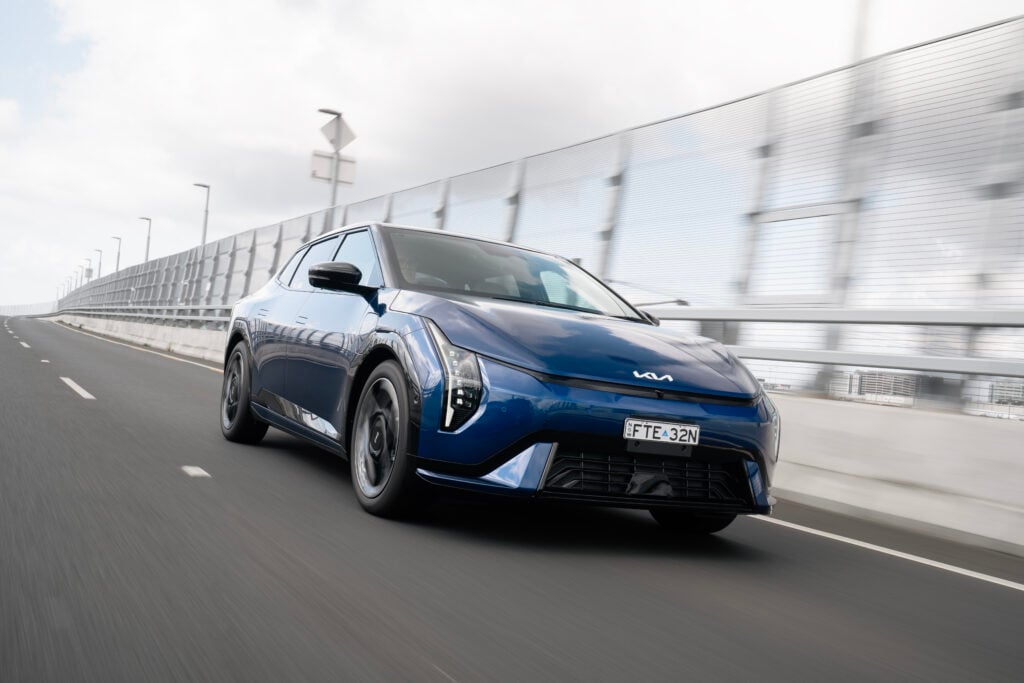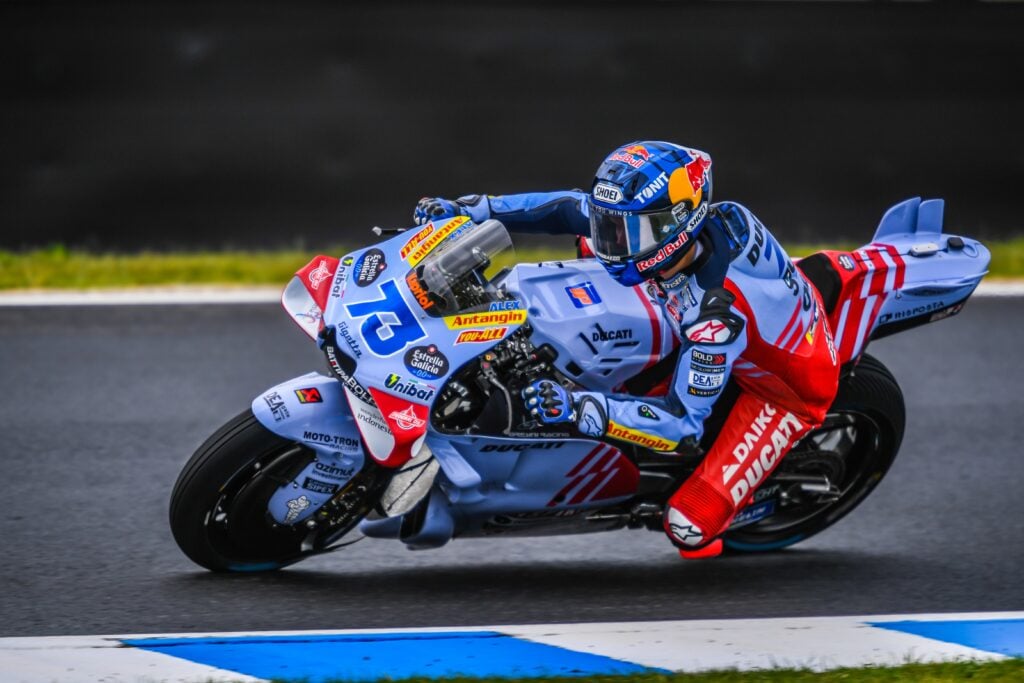MERCEDES-BENZ will reveal a more advanced and easier-to-use version of its Drive Pilot autonomous car technology with the debut of the facelifted S-Class at the Shanghai motor show later this month.
And significantly, the cutting edge systems will not be reserved for the prized S-Class, but also added to the Mercedes-Benz C-Class as part of a mid-life update expected sometime in 2018. The trickle-down time for high-tech features is getting awfully short, but Benz is obviously keen to its latest driver-assistance gear on the fast track to the production line.
Benz’s most sophisticated, production-ready driver assistance programs are referred to internally as Generation 4.5, and build upon the Generation 4 systems currently seen in the W213 E-Class.
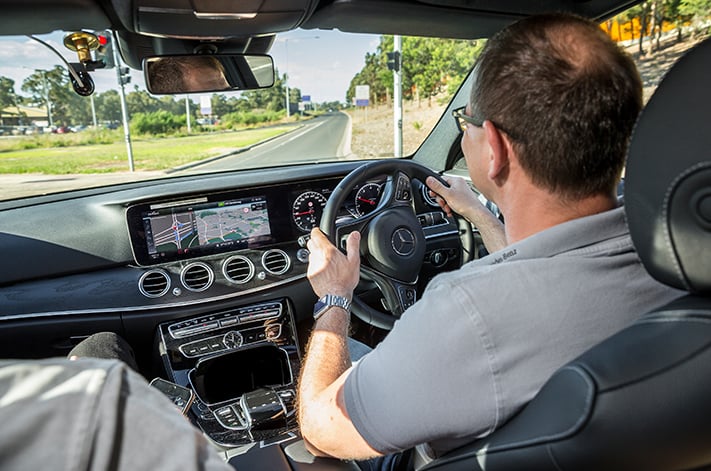
For its Gen 4.5 system, Benz’s Distronic control stalk, currently tucked behind the steering wheel of models equipped with the tech, will be removed and its buttons relocated to the front face of the steering wheel to make them easier to access and use.
Mercedes-Benz autonomous cars will keep human controls
In essence, the next S-Class and C-Class will automatically control their speed based on traffic conditions and the road ahead, as well as change their set speed by reading road signage. Is it the all-singing, all-dancing autonomous driving capability that is often touted as being ‘just around the corner’? Not quite, but it’s definitely the next step toward a future of completely robotic cars.
Wheels was afforded an exclusive local preview with manager of field validation for Mercedes-Benz assistance systems, Jochen Haab. Using an otherwise standard E-Class fitted with the updated control unit, Haab demonstrated the new capabilities of the half-step generation change.
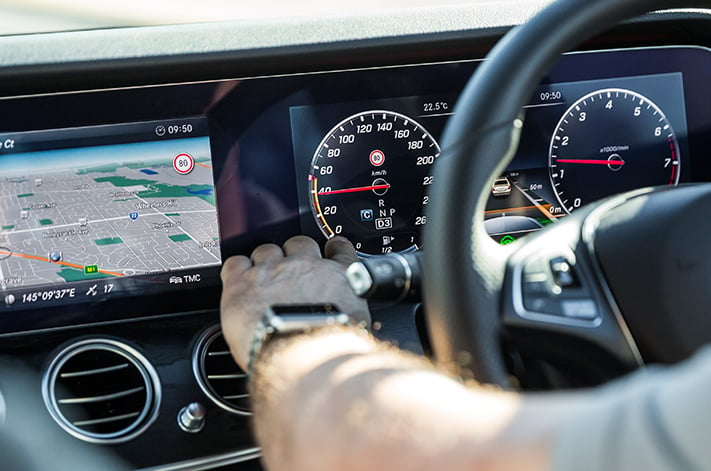
Active Distance Assist interprets GPS map data to autonomously brake the car to an appropriate speed for intersections, roundabouts and corners, and then return to the sign-posted speed when the road is clear.
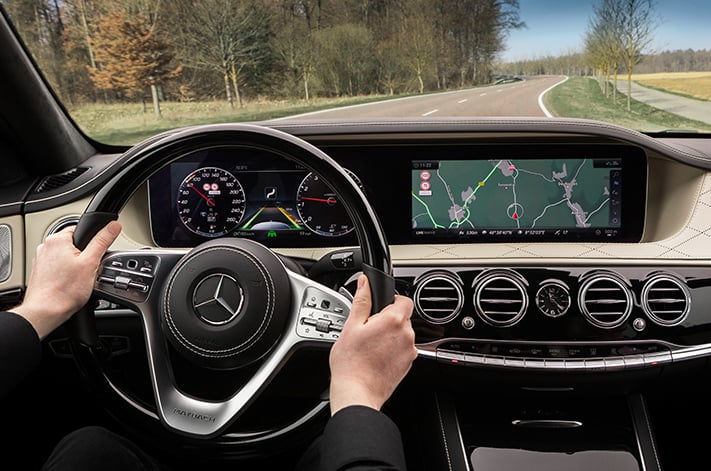
Mercedes-Benz to test autonomous cars in Australia
Updates to the user interface within the new S-Class and C-Class will show more detailed information about speed limits, upcoming intersections and road conditions in both the main display screen and a head-up display, where fitted. Periodic map updates rolled out quarterly keep road data up to date overseas, though Benz envisages an ‘over the air’ model for immediate updates in future.
An Active Speed Limit function scans for speed signs in all environments, offering a set-and-forget assistance mode that manages speed accordingly. Gen 4.5 cars will detect signage from a distance of up to 400m, and the system will determine the difference between fixed roadside signs and speed warnings posted on the backs of trucks and buses. Cameras will also read temporary signs set up for roadworks.
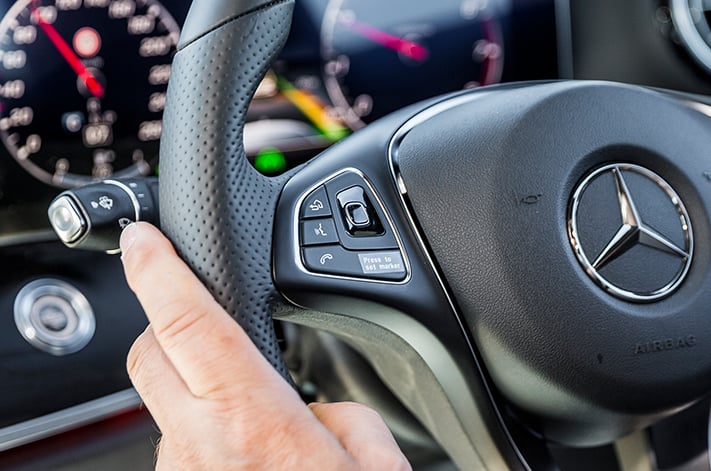
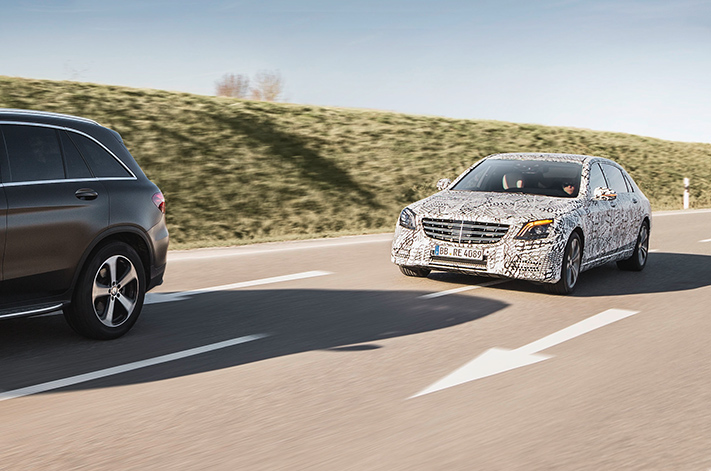
Hardware fitted to the future S- and C-Class models will mirror that of the current E-Class and include three multimode radars – one at the front, two at the rear – which can ‘see’ at different angles and ranges within the same sensor. Each radar assesses the situation at 100Hz (100 times per second).
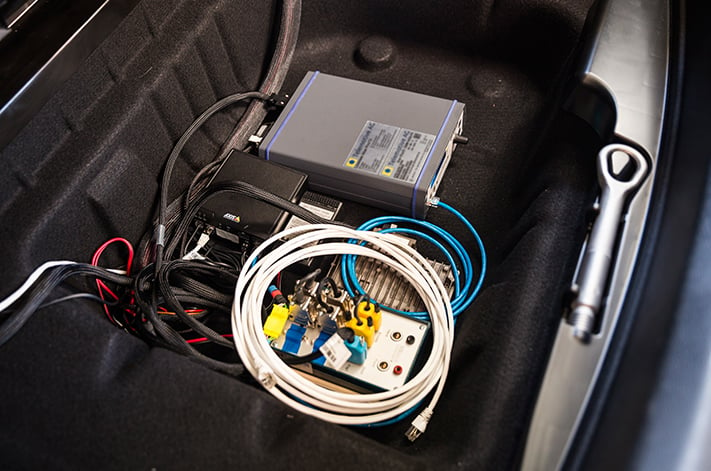
Two additional radars are fitted up front for Benz’s Pre-Safe collision system, but aren’t used for the assistance systems.

